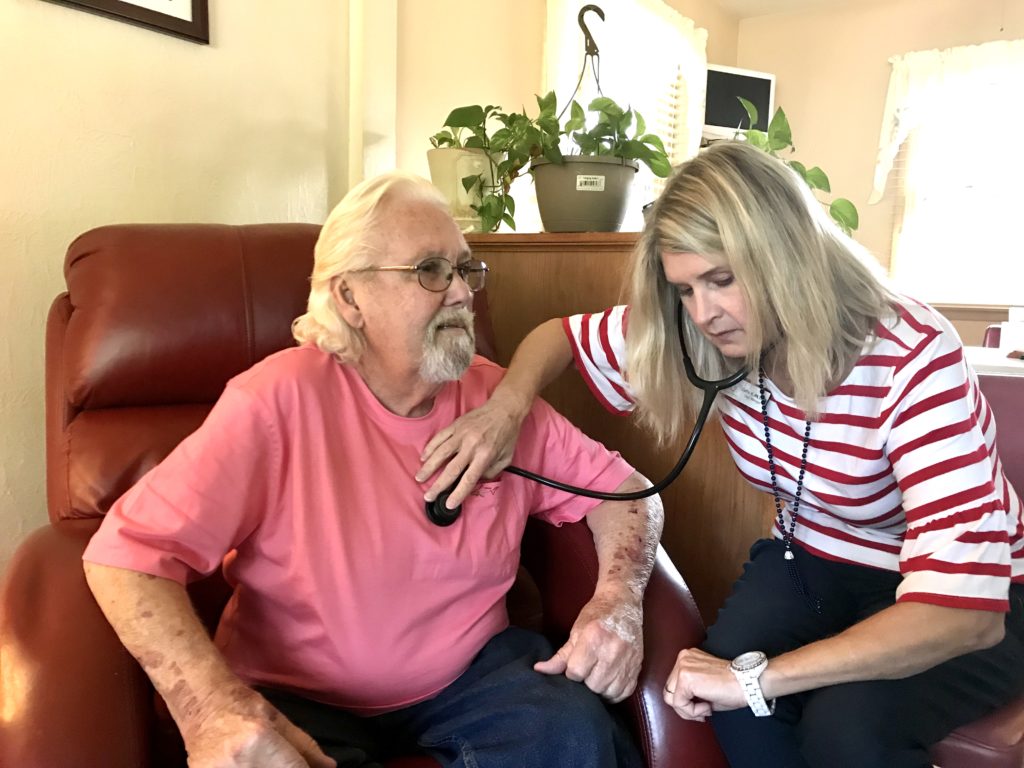We find that it’s difficult for people to understand the difference between hospice and palliative care, so we wanted to take some time to define it.
Palliative care focuses on improving quality of life and finding relief from the physical symptoms and stress of a serious illness. It works together with the primary treatment being received. A person enters palliative care anywhere from 2-10 years prior to entering hospice due to chronic illnesses like kidney disease, congestive heart failure, emphysema, and chronic obstructive pulmonary disease (COPD).
Hospice care focuses on the pain, symptoms, and stress of a serious illness within the terminal phase, and enrollment requires a terminal diagnosis. The terminal phase is defined by Medicare as a life expectancy of 6-months or less if the disease runs its natural course. The goal of hospice is to provide comfort through pain, along with emotional and spiritual support to patients in the final stage of life. Medicare has covered hospice care since 1986. Hospice care is only for people in the final months of life.
Receiving Palliative Care
Patients can receive palliative care in the hospital once they’re admitted. A care provider or social worker listens to a patient describe what’s is important to them in terms of quality of life moving forward. Tough questions are asked like, ‘Will you want to go on a ventilator, if necessary and who will take care of you if you return home?’ Nancy Larson, RN is the Director of the Community Hospice & Home Health Care at Our Lady of Peace. She says, “The goal is to help people through it, optimize the positive things that are happening, and provide support so they can live their best life while experiencing chronic pain and other symptoms.”
Although OLP doesn’t have a palliative care program, Nancy and her team provide home health care services like physical therapy as a bridge to a palliative care provider. Currently, Blue Cross Blue Shield has the only palliative care program available, and only Medicare Advantage Plan participants can access it. Nancy said, “Every year, Minnesota home health care and hospice providers sign a petition asking Medicare to cover palliative care within our organizations, but so far, we haven’t been successful.”
Receiving Hospice Care
In hospice, people no longer receive treatments to cure their disease. They receive treatments that ease discomfort associated with their terminal illness at end of life. Hospice care is provided wherever a person calls home; a home, apartment, assisted living community, skilled nurse facility, group home, etc. However, 24-hour hospice care is only provided in a residential hospice like ours. Chemotherapy, radiation therapy, and dialysis are no longer provided, but patients receive additional support from hospice chaplains, volunteers, massage therapists, and music therapists. Nancy says, “Hospice care focuses on quality of life at end of life. It’s about spending precious time with loved ones when moments together mean the most.”
